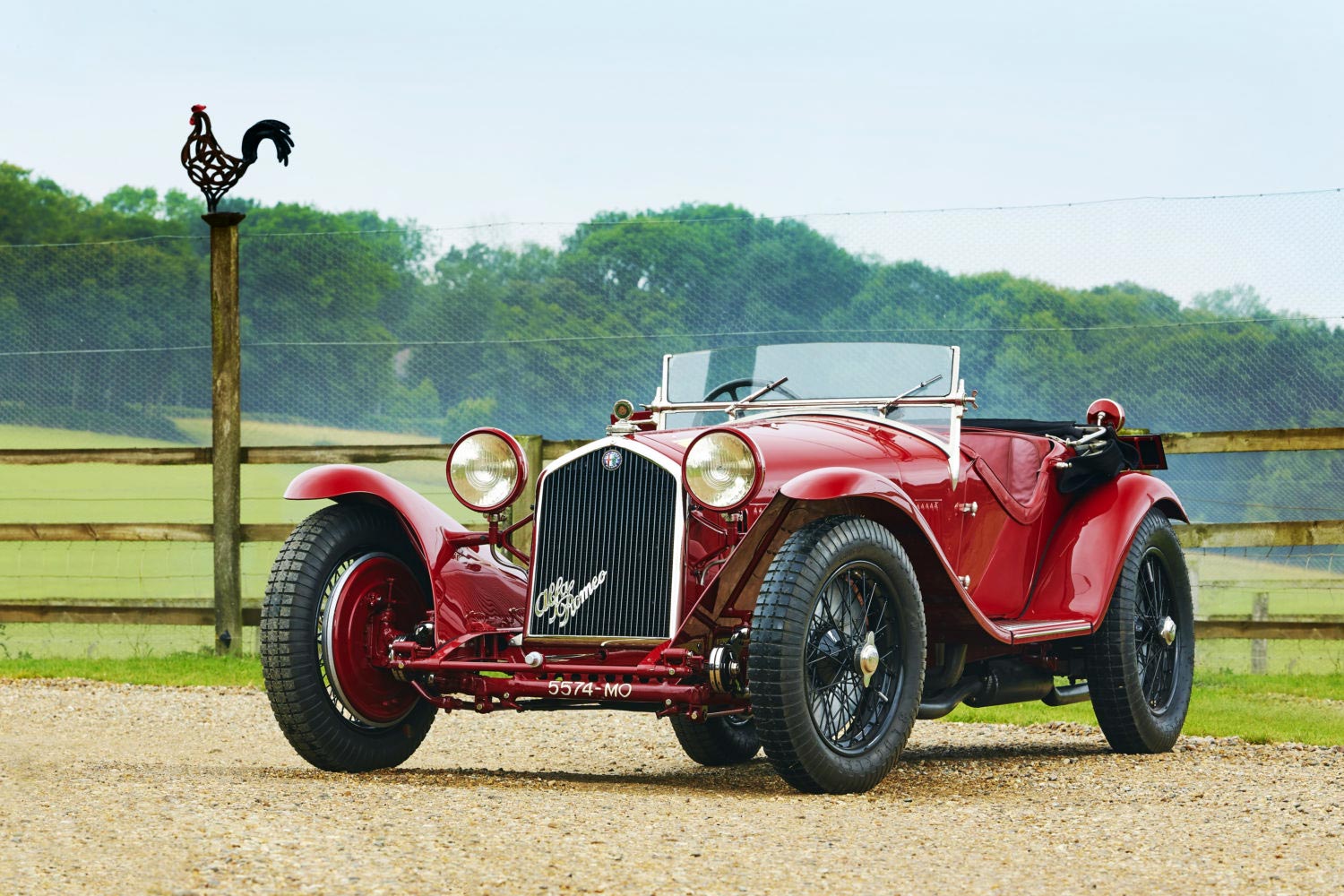Alfa Romeo 8C 2300 Zagato – Car of the Day

The straight-eight Alfa Romeo 8C 2300 was the quintessential pre-war sports car, combining looks, handling and technical brilliance in equal measures. It was a thoroughbred which seemingly ignored the effects of the Depression.
The car on show here is one of the most desirable examples, thanks to coachwork by Zagato. Under the bonnet is the 8C 2300 engine designed by Vittorio Jano, developed from his already successful 1750cc six-cylinder. It is regarded as his masterpiece, a jewel-like alloy engine built with two four-cylinder blocks and twin overhead camshafts mounted on a common crankcase with a crankshaft made in two halves, separated by twin helical gears that turned the cams and ancillaries. It featured hemispherical cylinder heads and was fed through finned alloy manifolds via a supercharger set low on the side of the engine. It was exceptionally responsive and reliable, producing 130bhp in standard form and up to 180 bhp in racing models.
The engine, dry sump lubricated, was mated to a four-speed gearbox and the eight-cylinder model’s pressed-steel chassis (available in long and shorter sports length) had non-independent leaf-spring suspension and finned alloy drum brakes all round. Its engine design, featuring bronze bearings and gears, made it a very expensive car to produce, and only 188 were built from 1931 to 1934. The price of the chassis alone in England in 1932 was a stupendous £1700.
However, the 8C 2300s more than proved their worth, winning Le Mans in 1931, ’32, ’33 and ’34, the Mille Miglia in 1932, ’33, ’34, and many other races, handsomely beating the mighty Mercedes SSKs. The 8C 2300s were given bodies of all styles, open and closed, and even after eight decades of car development, an 8C 2300 remains a wonderful car to drive such is its combination of performance, handling and the sound of the cams and gear-driven components.